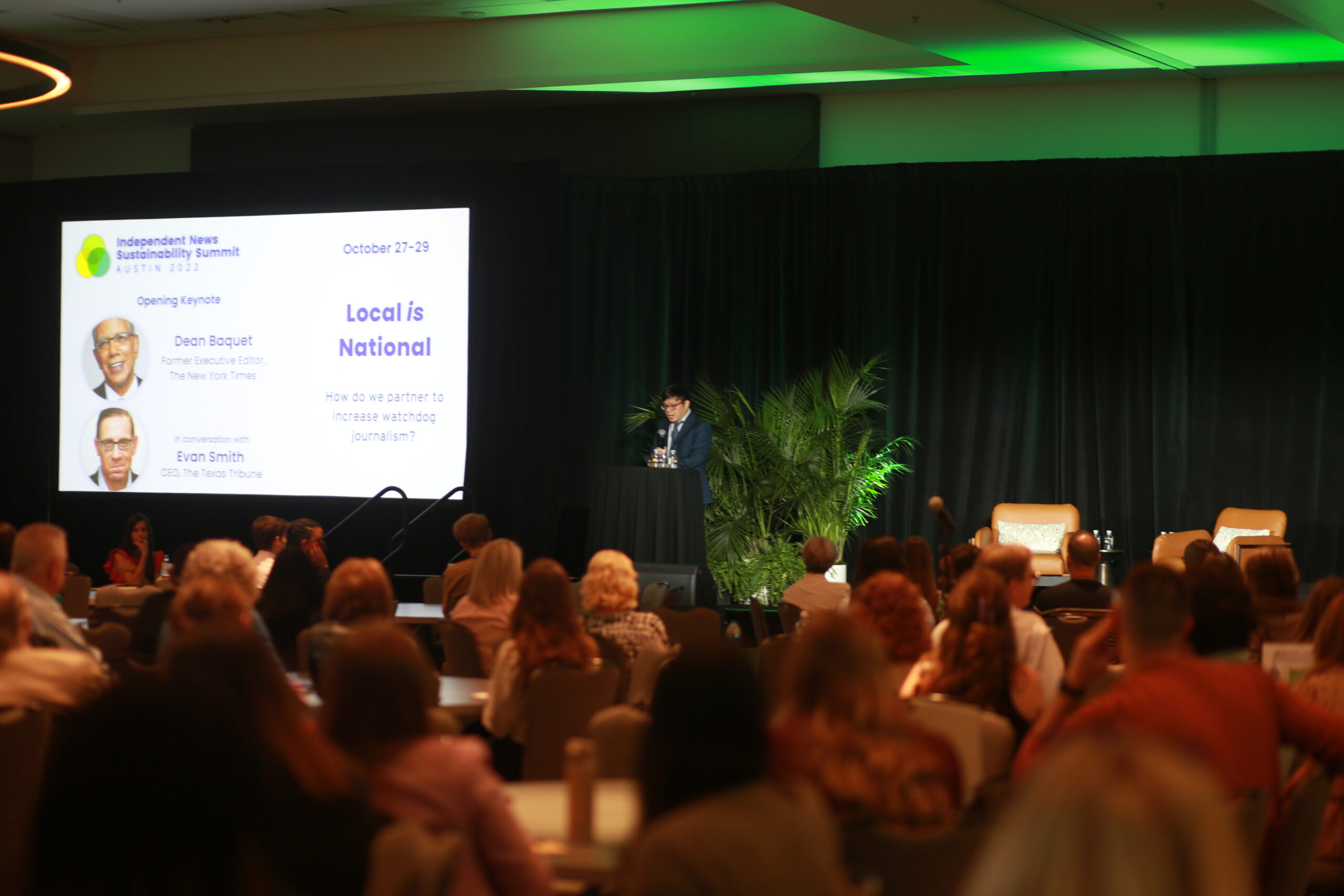With over 500 attendees drawn from news publishers and journalists, supporters, funders, and industry representatives, this summit showcased the beating heart of hyperlocal and independent news in the United States, South America, and Canada.
I was warmly welcomed by LION Director Chris Krewson, who didn’t hesitate to workshop the most useful session schedule for my first day based on what LINA and its members might most benefit from—with stacked sessions filled with amazing, expert-heavy panels, it was impossible to choose! Over the course of the next three days, I was impressed by the collaborative nature of the summit and enjoyed talking and workshopping with the people producing the country’s independent news, and learning about their successes and challenges.
Here are some of the key takeaways that I’ve been left with after reflecting on the summit:
1. We’re not in it alone
Far from being intimidating, the summit was an open and inviting forum to share some strong feelings— both the overwhelming positivity towards independent journalism and news media after a difficult period for journalists and publishers alike, and the ongoing frustration and stress associated around finances in a competitive and still somewhat resistant funding climate. For single staff and small newsrooms as well as representatives from more established organisations, the sense of community resounded and lifted up the energy in every room.
It became quickly clear that the experiences of the publishers and journalists at the summit corresponded with those of LINA members—despite a different news climate, and a stronger philanthropic funding structure, the main challenges seemed globally relevant: building and sustaining an audience; delivering quality services with a small and overworked team; sourcing funding while already overstretched for time; and deciding how and when to grow.
2. Diverse, independent journalism is vital to democracy
This should be self-evident, but the message seems to have been lost or ignored in recent history. Dean Baquet of the New York Times was clear in his keynote conversation with Evan Smith (Texas Tribune) that “the wheels of democracy need the fluid of independent news”. Most of the publishers and journalists I spoke to were filling a news vacuum in their local area, region, or state. Without their work, whole communities would not have a source of independent knowledge about the things that affect them most, leaving them vulnerable to misinformation, unchecked corruption, and media bias.
This means that the work of each hyperlocal news outlet is not only important for their community but for democracy more broadly, and the networks we build between publishers foster and strengthen our power to sustain the democratic and non-partisan distribution of information. All independent news makes a difference!
3. Technology changes everything
From news ‘products’ to impact measuring to newsletters, technology is the base that digital and hybrid publishers must work from, and it changes at a pace that can be hard to keep up with. This can be difficult for small teams, who don’t have time to be researching and implementing new tech regularly. On the flipside, however, it is clear that the current and emerging technologies are able to save time and cut workloads in ways that we couldn’t have imagined even five years ago—and much of the technology we’ve been using over those years, particularly when it comes to social media, has changed so dramatically that our approaches might not be having the impact they once did.
The risk-reward of changing and updating your digital suite depends largely on what you invest into new systems, and how confident you are that these systems are going to work for you. Utilising free trials and demos helps you to test out suitability without completely abandoning your current system. Consider doing a New Year technology round-up and consider where manual tasks could be minimised using newer, more agile systems.
But don’t completely abandon the old for the new—trusty email remains the most effective way to ensure your message reaches your audience. Having a well organised, professional, and regular e-newsletter creates dramatically higher click-through rates than social media, and generates a sense of inclusion. It’s also an attractive location for advertisers, as you’re able to give clear open and click-through numbers, and frame content as interest pieces rather than simply inserting a banner ad and hoping for the best. The key message to advertisers is that you are offering a targeted, local audience for their product or business, who are much more likely to pursue their services than any other online audience—and you have the trust of that community.
4. It’s hard to make money
Sorry! This is just a fact of the industry at the moment, and remains one of the key roadblocks for small publishers. But again, you’re not in it alone. Sharing successful revenue-raising strategies helps the entire industry, and raises awareness of the need for financial support. When serving small communities, you can’t always rely on their support to fund the whole news outlet, but you can create opportunities for the community to give in ways that are exciting, fun, and locally relevant. Take advantage of individuals who can offer support by means of organising fundraising events for you, designing merchandise with catchy local phrases, or publishing your fundraising asks in their newsletters.
When it comes to forming funding relationships with businesses or organisations, the main advice was that these deals take time—and that they don’t always work out. Scoping out funding relationships is ‘like dating’, and can take some hits and misses before finding ‘the one’ (or at least one that might last a good few years)! Since we don’t all have time to wait for the right one to come along, it’s important to nurture multiple relationships—even if that just means sitting down for a coffee every month or so. If you have the capital to do it, hiring a staff member devoted to sourcing funding is the recommended ‘first hire’ for a news start-up, and can set you up for ongoing success.
5. Keep going—but take a rest every now and then!
Burnout was a recurrent topic at the Independent News Sustainability Summit, and while there’s no perfect solution, everyone agreed that rest is the necessary element of a sustainable news organisation. If you’re finding that you simply don’t have the time to rest, and you don’t have the money to add staff, a strategic Start Stop Continue analysis might help whittle down some of the tasks that take up a lot of time, but don’t contribute a lot to your overall mission and goals.
It’s a tough slog, but hugely rewarding; here at LINA we support the work all of our members, and all independent news producers in Australia, to persevere. As this summit has shown, it’s a worldwide movement that strengthens democratic engagement with the world as we move into a new era.


